 |
||
 |
||
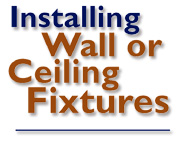 |
 |
||
 |
||
 |
These tips and suggestions on how to install wall and ceiling fixtures can help you complete a better installation in less time and with less effort.
 |
 PARTS NEEDED FOR TYPICAL FIXTURE MOUNTING
|
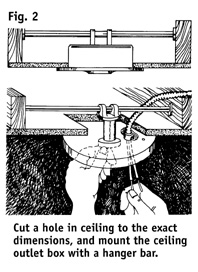 |
 INSTALLING A CEILING OUTLET BOX
|
  |
 INSTALLING WALL FIXTURES
|
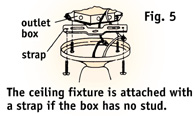
|
 INSTALLING CEILING FIXTURES
|
   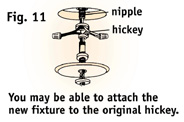 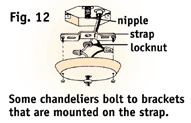  |
 INSTALLING CHANDELIERS
|
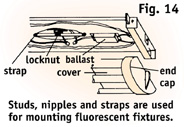
|
 MOUNTING FLUORESCENT FIXTURES
|
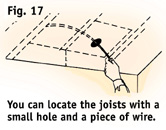
|
 INSTALLING RECESSED CEILING FIXTURES
|
TOOL AND MATERIAL CHECKLIST
Lighting Fixtures
Parts for Fixture Connections
Outlet Boxes
Hanger Bars
#14-2 Wiring
Keyhole Saw
Saber Saw
Pliers
Knife or Stripping Tool
Fluorescent Starters
Fluorescent Tubes
Screws
Hand Drill
Marking Pencil
Folding Rule
Folding Rule
Screwdriver
Stud Finder
Check your state and local codes before starting any project. Follow all safety precautions. Information in this brochure has been furnished by the National Retail Hardware Association. Every effort has been made to ensure accuracy and safety. Neither the NRHA nor the retailer can be held responsible for damages or injuries from the use of the information in this document.